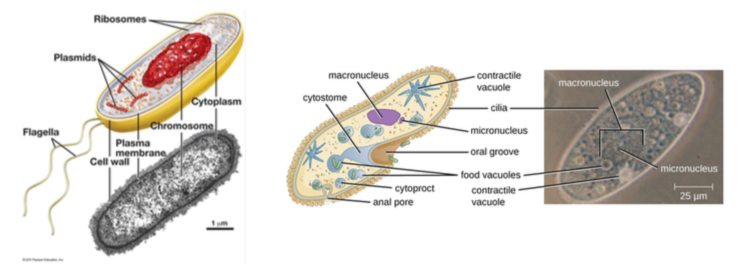Lecture 1.2 Competencies and Study Guide
Vocabulary
Be prepared to define the following terms on the quiz for this lecture, the first exam and the final exam.
- Organism
- Cell
- Microorganism (=microbe)
- Prokaryote
- Eukaryote
- Organelle
- Hypothesis
- Theory
Competencies
Mastery of this lecture will allow you to do the following. These competencies will form the basis of the quiz for this lecture, and some questions on the first and final exams.
- Describe Goal #1 of NASA’s Mars Exploration Program.
- How many missions to Mars has NASA’s MEP sent? Is it (i) none yet; (ii) 2; (iii) 5; (iv) between 5 and 10; or (v) more than 10?
- Describe Percival Lowell’s observations of Mars. How did he explain what he saw?
- Explain which of Lowell’s beliefs are currently thought to be wrong and which to be right. Which are we more certain about–what Lowell was wrong about or what he was right about?
- Explain in detail what leads us to conclude that Lowell was wrong about some things and right about others. Your answer should include the following:
- The roles of the orbiting spacecraft and landers in NASA’s Mars Exploration Program; and
- a connection to Richard Feynman’s quote, given in lecture.
- If Mars contains life, given what we know about the planet, what type of life should we be looking for? Explain your answer using information gained from previous MEP missions.

- Classify the 2 cell types shown above and list their defining differences.

- These images come from Alan Hills 84001. Explain what this object is (upper right inset)?
- Explain the hypothesis NASA scientists proposed to explain the objects indicated by arrows. Explain what led the scientists to this hypothesis.
- Analyze that hypothesis using relevant tools from the Baloney Detection Kit.
- Explain how the observations and interpretations of ALH84001 relate to the concepts of hypothesis, theory, fact and natural law.
- Describe the various definitions of hypothesis and theory. Contrast how these terms are used by scientists, lawyers and journalists.
- Express and explain Holton and Brush’s and the National Academy of Science’s definitions of the term, theory.
- Compare and contrast Lowell’s theory of Mars to the modern one.